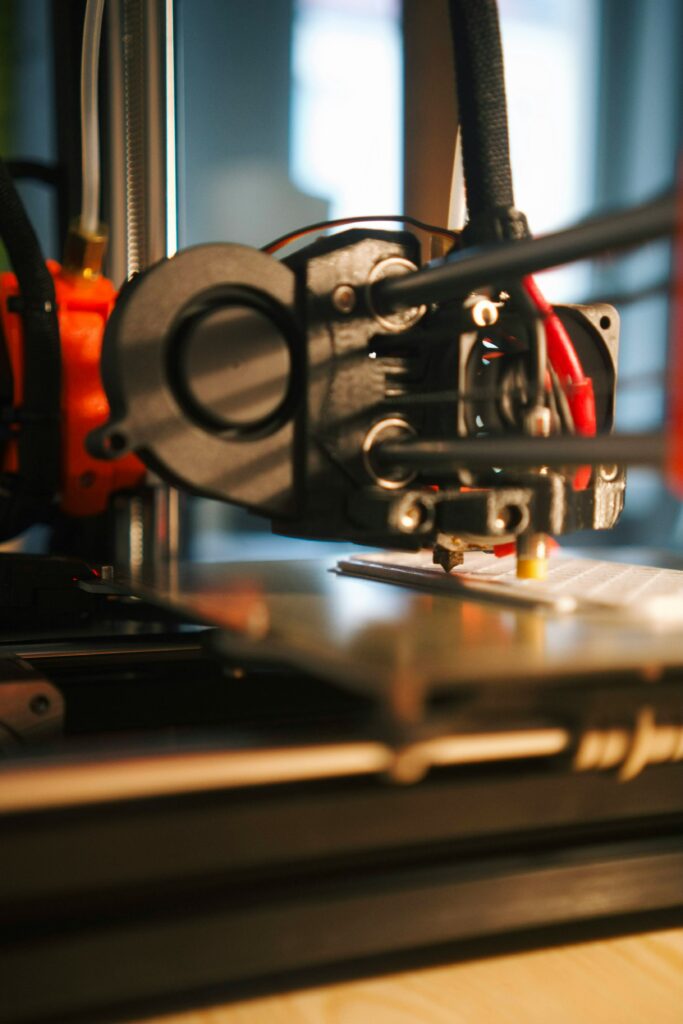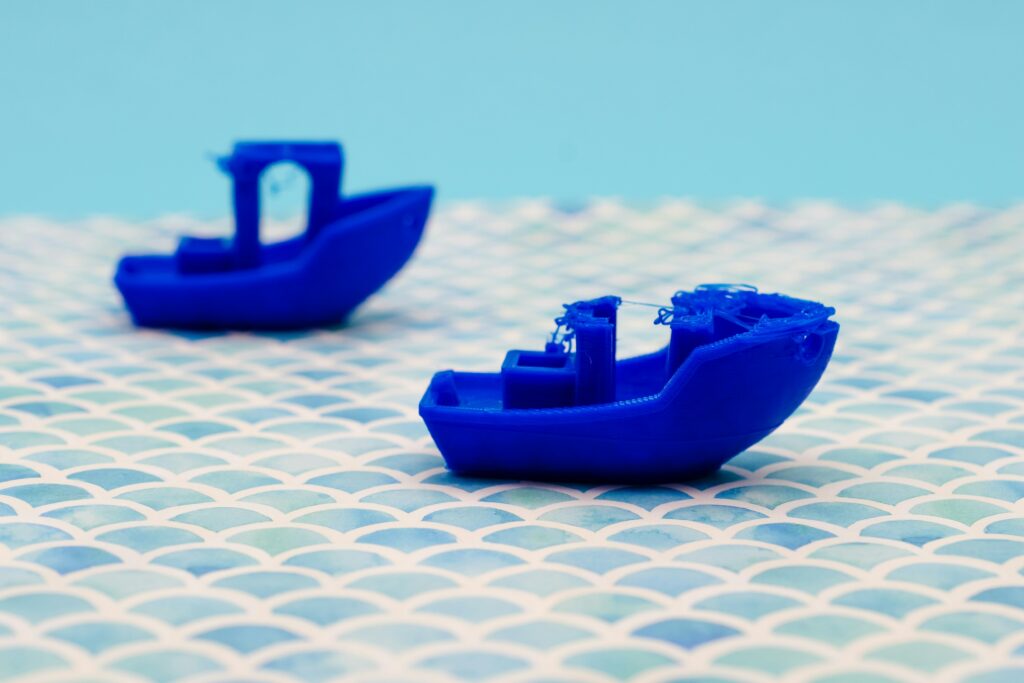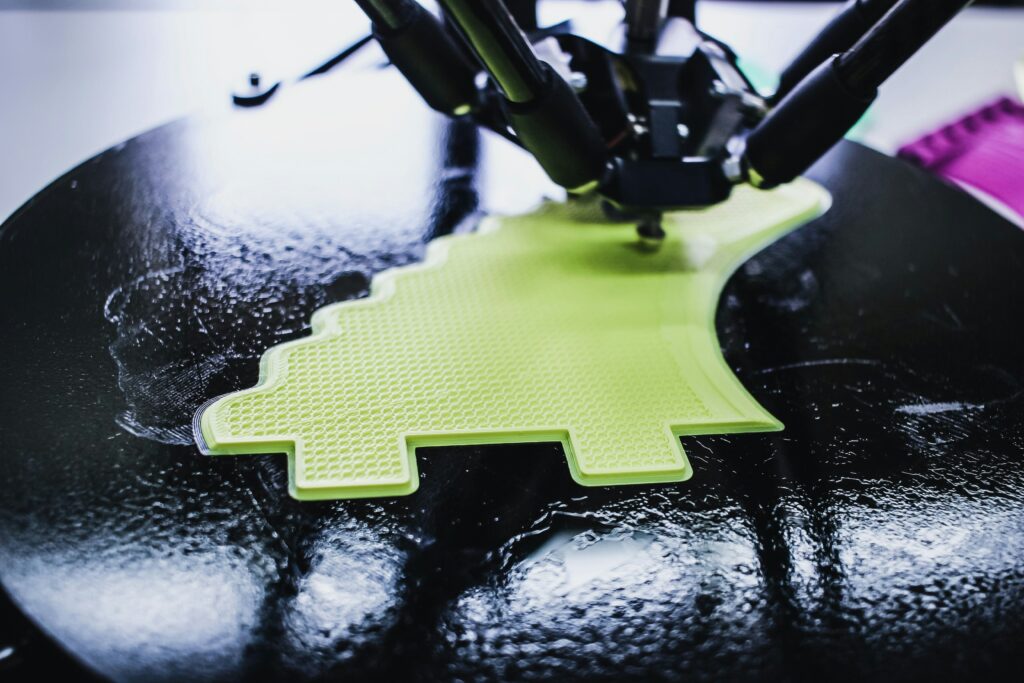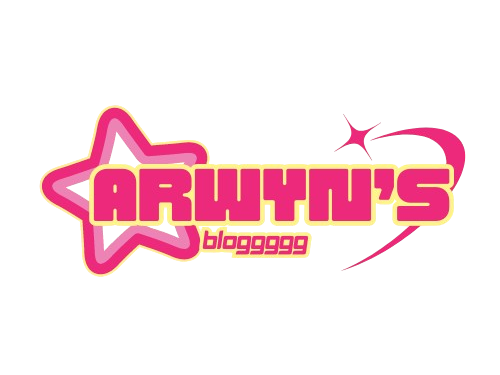As technology continues to change, so should the schooling system. Following this past weeks lesson, not only did I learn what aspects of 3D printing would work well in a classroom, I also got to work with it hands on.

Cross-curricular learning with 3D design and printing can make subjects more engaging and hands-on. In math, students can design and print shapes to learn about volume and surface area, while in science, they can create prototypes of tools or machines. Art projects might involve making 3D sculptures, and in history, students could print models of historical artifacts.
In language arts, they can design characters or scenes from stories, and in environmental studies, they can invent eco-friendly solutions. Technology lessons can focus on coding and 3D design, and even PE can include custom sports equipment. These activities help students learn by doing, work together, and solve real-world problems.



Above, is my snowman that I created using the site Tinkercad. Clearly, some struggles were had but I also believe it was due to a time crunch I was unaware of. Although this was relatively simple to follow, its visible how this is can be easily misconstrued.
As this is a relatively new thing to bring into a school space, it has some obvious pros..and some obvious cons.
- PROS:
- Hands on activity
- Easy to costumize to something you want
- Take-home project
- New and therefore very interesting/intriguing
- CONS:
- Difficult to learn depending on age group
- Need to have a backgriund in technology to teach properly and efficeintly
- Not a cheap resource/ not all schools will have acess to a 3D printer
